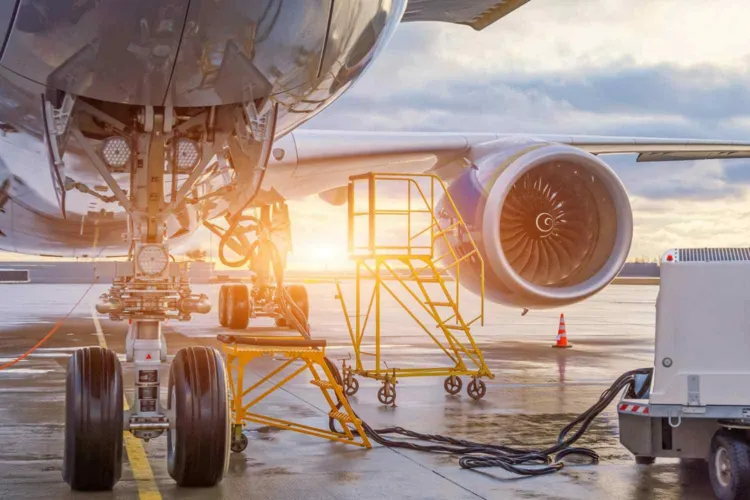Artificial intelligence (AI) has become a core part of economic growth. Across the region, AI is already reshaping industries, boosting productivity, and opening new business models. By 2027, AI and generative AI (GenAI) are projected to add around US$120 billion to the region’s GDP. Even more ambitious, ASEAN estimates AI could boost GDP by 10–18%, contributing up to $1 trillion by 2030. This momentum highlights the region’s commitment to Southeast Asia AI integration, a strategy fast becoming central to national development plans.
Southeast Asia AI Integration: Infrastructure and Investment Drive Expansion

A key enabler of AI growth is cloud adoption, which is expanding at a 20% compound annual growth rate, faster than in Europe and North America. This rapid cloud growth lowers barriers to entry for both large companies and small businesses.
In parallel, Southeast Asia is investing in AI-ready data centers. These facilities, built by global and local providers, are crucial for powering the storage and processing needed for AI applications. Governments are also stepping up. Singapore, for instance, has committed $70 million to building regionally focused language models as part of its national AI strategy.
Industry Adoption Gathers Pace
Adoption is rising across industries. In 2024, 14% of organizations in Southeast Asia had adopted AI, up from just 8% the year before. Indonesia leads the region with a 24.6% adoption rate, showing strong momentum in the largest markets.
Despite high awareness, especially in e-commerce (where 68% of online businesses understand AI’s benefits), only 47% have implemented AI tools. This gap represents both a challenge and a massive opportunity for early adopters.
The Transformations of Southeast Asia AI Integration
AI is already changing the way Southeast Asian industries operate:
- In manufacturing, AI is optimizing production lines and improving efficiency.
- In agriculture, tools like predictive maintenance and demand forecasting are reducing waste and boosting output.
- In financial services, AI helps improve customer acquisition, personalize services, and automate fraud detection.
But the biggest gains are expected in the ICT sector, which stands to gain the most value from full-scale AI adoption.
Read Also: Southeast Asia Digital Transformation Accelerates Fast in the Region
The High Stakes of Early Adoption
McKinsey Global Institute reports that proactive AI adopters could generate nearly $900 billion more in economic value than their slower-moving peers. This creates an urgent need for organizations to move fast, or risk falling behind in an increasingly AI-driven economy.
Talent Shortage: The Critical Bottleneck in AI Integration
While infrastructure and investment are expanding rapidly, Southeast Asia faces a significant hurdle in AI talent development. The region currently has only 12 AI researchers per million people, compared to 217 in the US and 148 in China, according to a 2024 World Bank report. This shortage threatens to slow down AI adoption despite strong government and corporate interest.
To bridge this gap, countries are taking proactive measures:
- Singapore's "AI Apprenticeship Programme" has trained 5,000 professionals since 2023, focusing on machine learning and data science.
- Vietnam is partnering with global tech firms like NVIDIA and Google to upskill engineers in AI development.
- Thailand’s "AI for All" initiative provides free online courses, reaching over 100,000 learners in 2024.
However, the competition for skilled professionals remains fierce. Salaries for AI specialists in Jakarta and Bangkok have surged by 30% year-on-year, making it difficult for SMEs to attract top talent. Without a stronger talent pipeline, Southeast Asia risks becoming overly dependent on foreign expertise, which could limit long-term innovation and localization of AI solutions.
Read Also: Unlocking Skilled Workforce in Southeast Asia Construction Growth
The Road Ahead: Southeast Asia AI Integration
Southeast Asia’s AI transformation is already underway. With strong government support, a growing cloud ecosystem, and rising adoption rates, the region is building the foundation for long-term, AI-powered growth. Still, gaps in talent, implementation, and digital readiness remain. Governments and businesses must work together to close these gaps, ensure inclusive adoption, and equip the workforce for an AI-integrated future.
The message is clear: Southeast Asia AI integration isn’t just about innovation but also staying competitive in a global digital economy. Those who lead today will define tomorrow.







